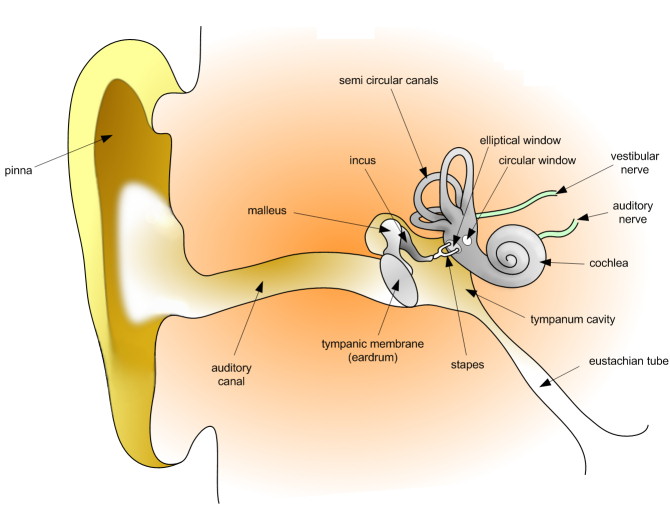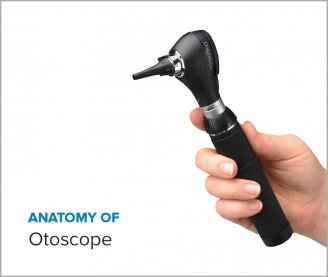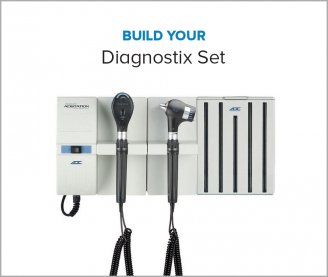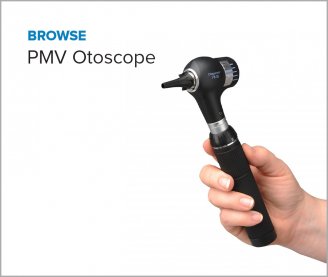- Products
- New Products
- Featured Products
- Color and Print Themes
- Blood Pressure Measurement
- NIBP / Vital Sign Monitors
- Digital Aneroid Sphygmomanometers
- Palm Aneroid Sphygmomanometers
- Pocket Aneroid Sphygmomanometers
- Pro's Combo Sphygmomanometers
- Multicuff Sphygmomanometers
- Clock Aneroid Sphygmomanometers
- Mercury Sphygmomanometers
- Home Blood Pressure Measurement
- Adcuff +
- Gauges
- Bulb & Valves
- Disposable Cuffs
- Reusable Cuffs & Bladders
- Sphygmomanometer Accessories
- Sphygmomanometer Parts
- Caseware
- CPR / Airway
- EENT
- Instruments & Accessories
- Laryngoscopes
- Penlights
- Pulse Oximeters
- Stethoscopes
- Thermometry
- Vital Signs Monitors
- Solutions
- About ADC
- Learning Center
- Support
- Blog
- Contact
How to Use an Otoscope
Otoscopes are relatively simple devices that are excellent tools for the diagnosis of disease in the ear, nose, and throat. With proper use and maintenance, your otoscopes will provide you with years of reliable service.
Depending on model type, ADC otoscopes come in standard and pocket sizes, ideal for use in a variety of different environments where portability is crucial. Larger standard models have a tough, chrome-plated brass exterior and use a rheostatic power switch to allow you to adjust the brightness of the light source when performing examinations. Our pocket models have a robust ABS housing with integral power switch.
Prior to performing an examination, the selection of an appropriately sized speculum is critical to ensuring proper use of the device and patient comfort. For younger patients who will have a narrow ear canal, select a smaller speculum with a narrow profile. For adult patients, a wider speculum can be used.
During the examination, it may be necessary to manipulate the angle of the patient’s head in order to visualize the structures within the ear. Hold the otoscope in the left hand when examining the left ear, and the right hand when examining the right ear to give you the most comfortable range of motion when using your other hand to manipulate the patient’s head or ear. It may be more difficult to achieve an optimal angle of view on younger patients and infants, requiring careful manipulation of the ear.
When inserting the speculum into the patient’s ear canal, it is important to take care not to cause damage to the surrounding tissue. Although the speculum typically cannot easily reach the eardrum, the tapered end could cause a scratch or discomfort if angled improperly.
Patients with ear infections may experience some discomfort during the insertion process, but if you encounter resistance during this process it is important to stop and evaluate the ear to avoid causing injury. This is also true if you suspect the patient has a foreign object within the ear canal.
The viewing lens on both the standard and pocket versions of the otoscopes may be moved aside or removed to allow for physical manipulation of objects in the ear canal. In addition, several of our otoscope models are also available with an optional nasal speculum to facilitate the examination of the nose.
When used properly, you will find your ADC otoscope will be an indispensible tool!




